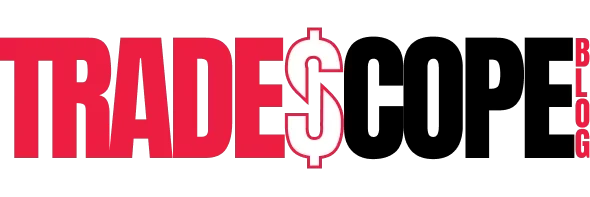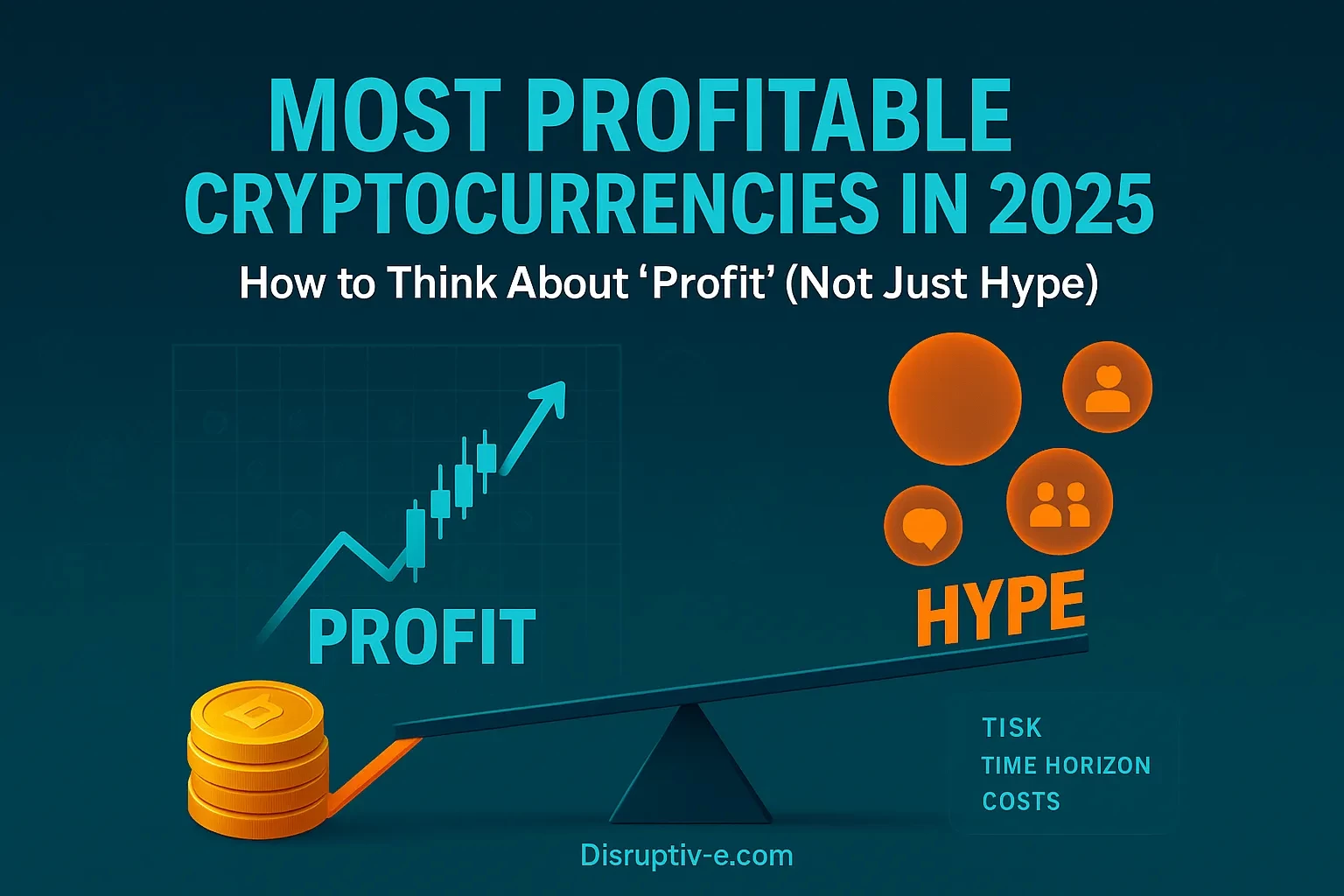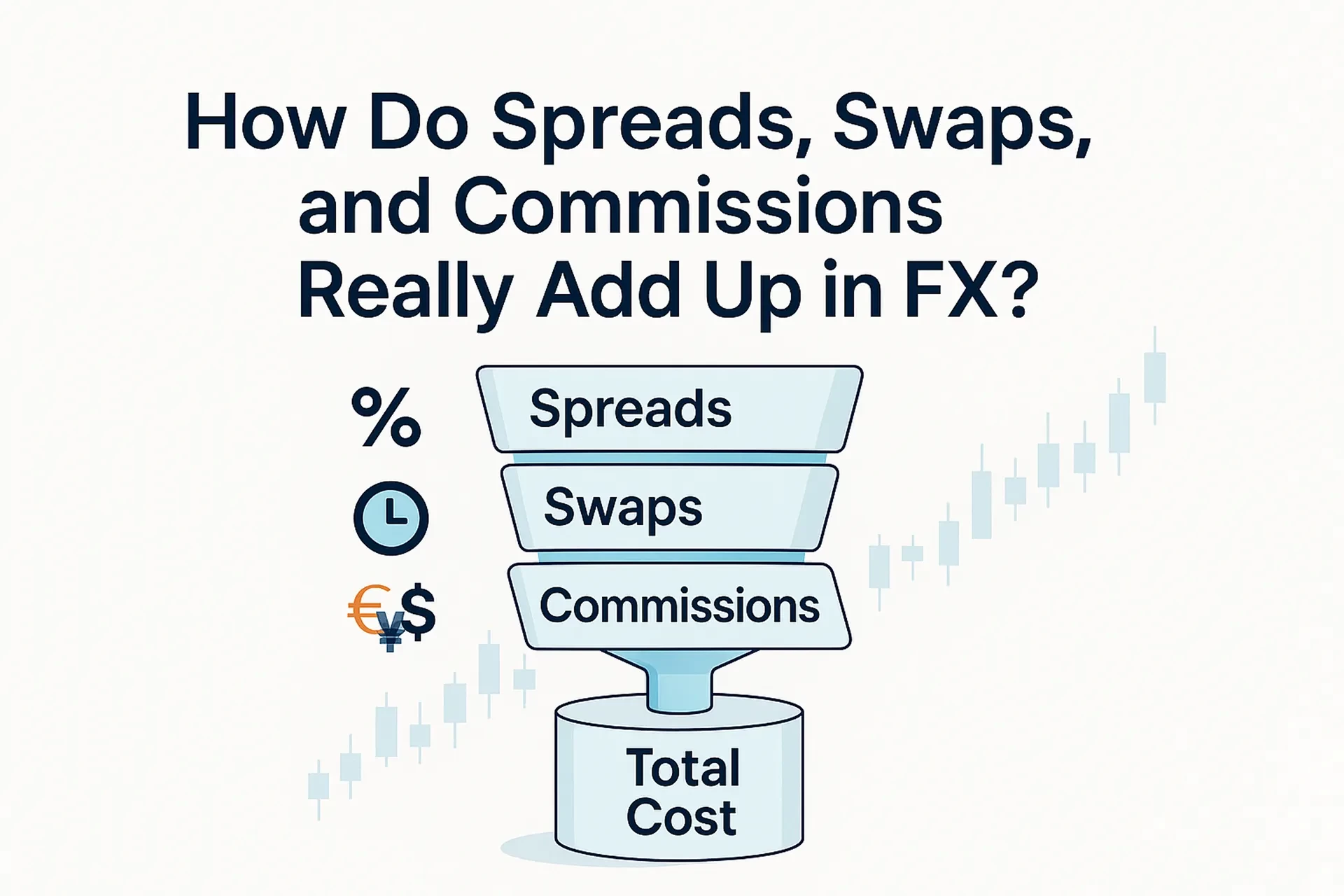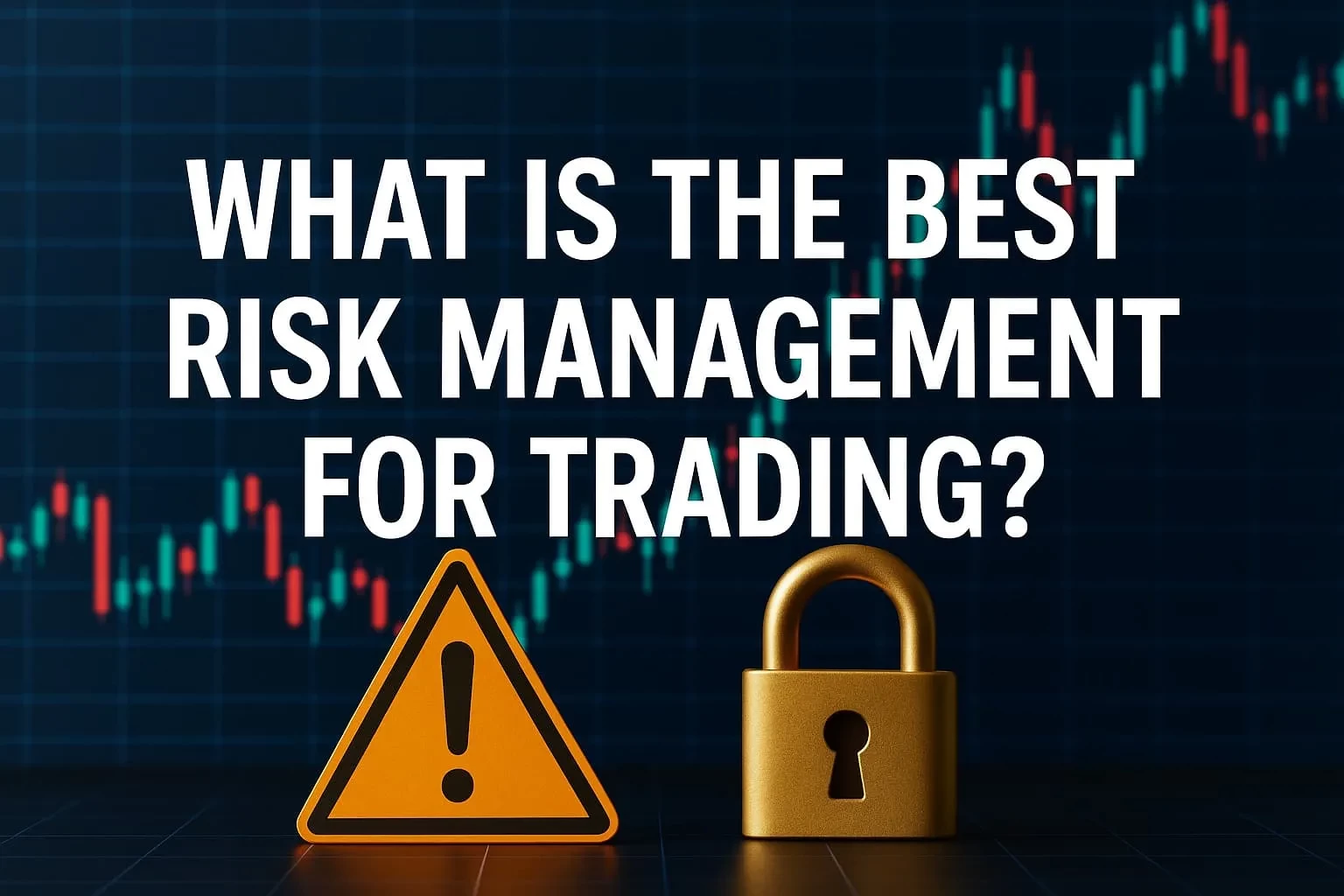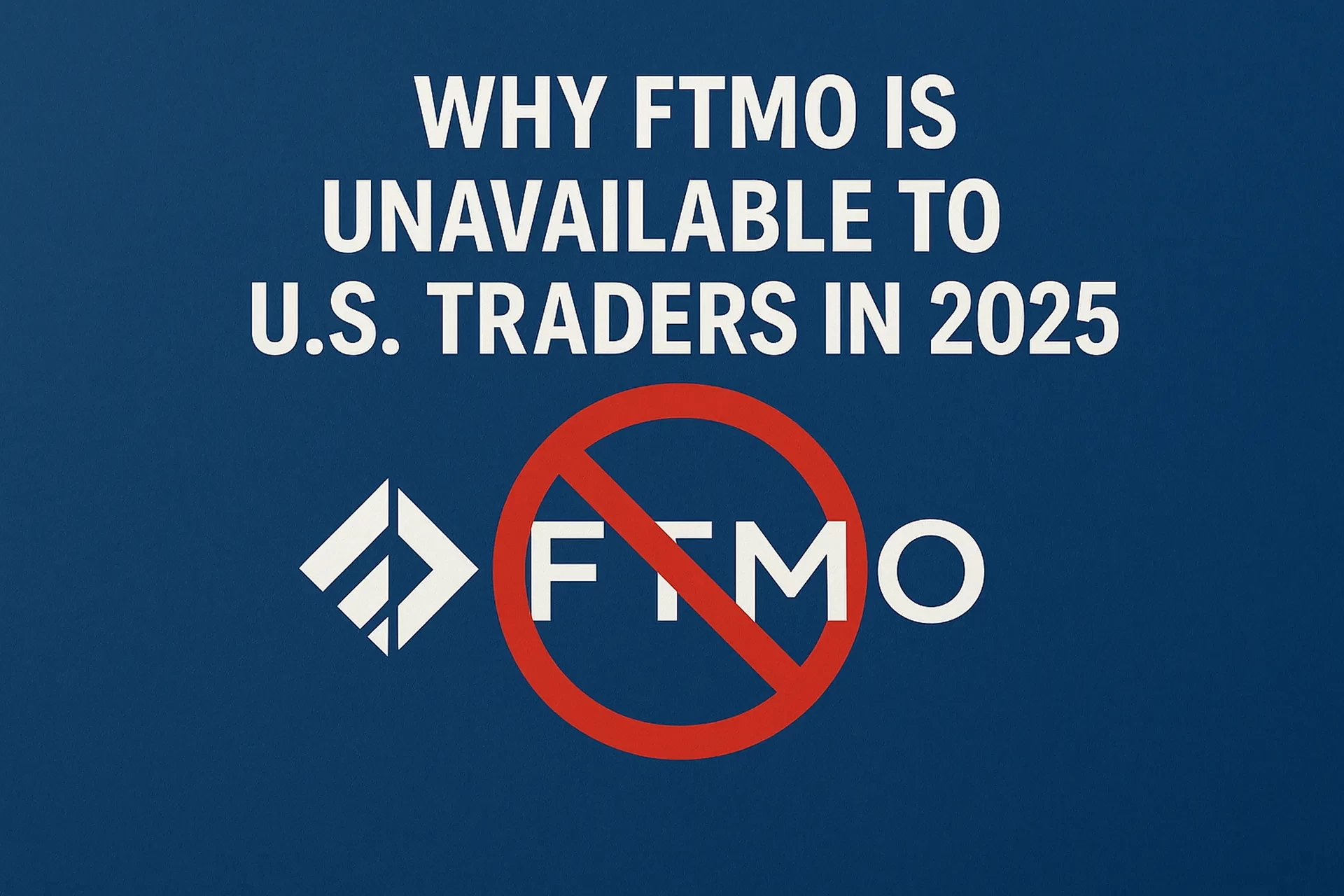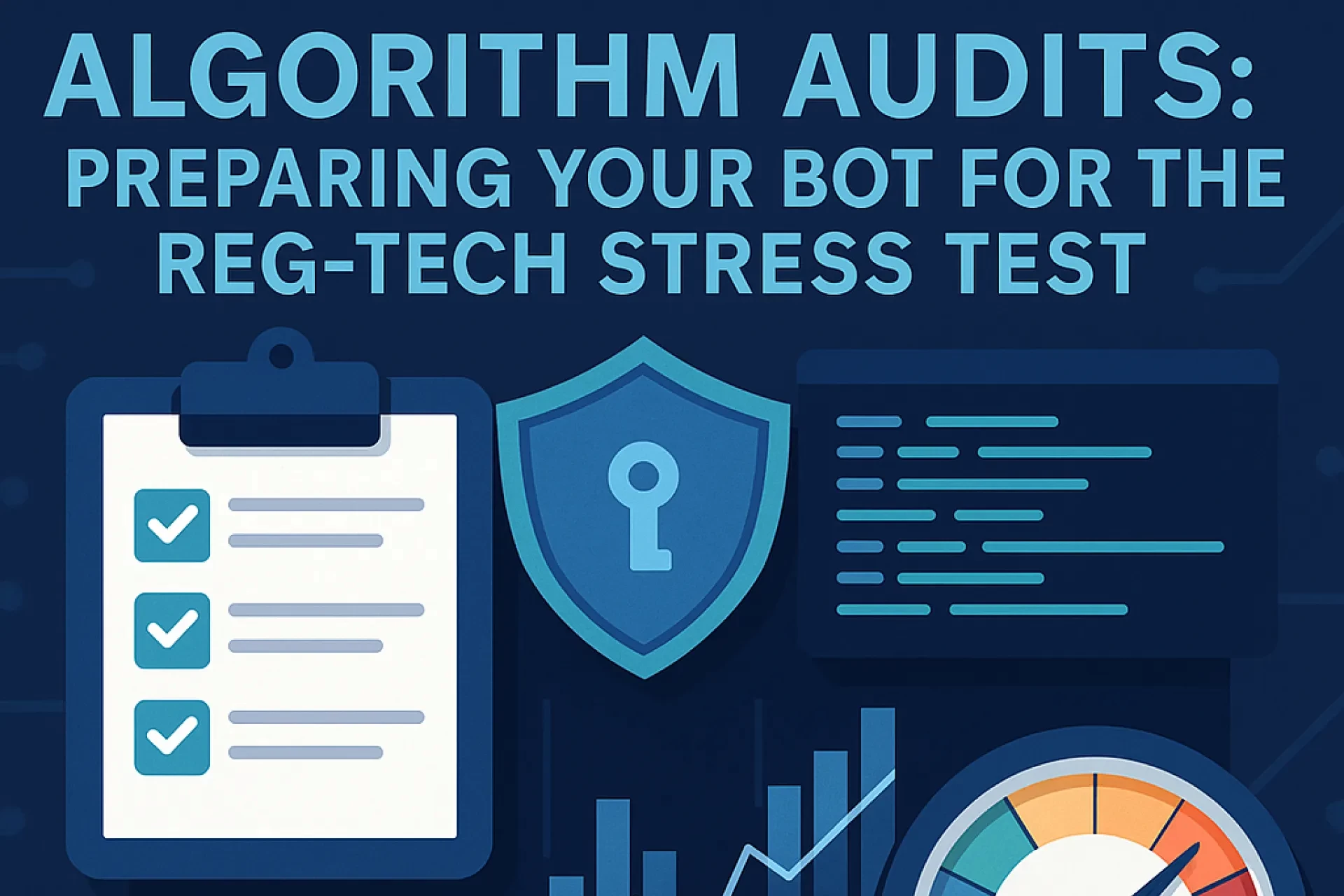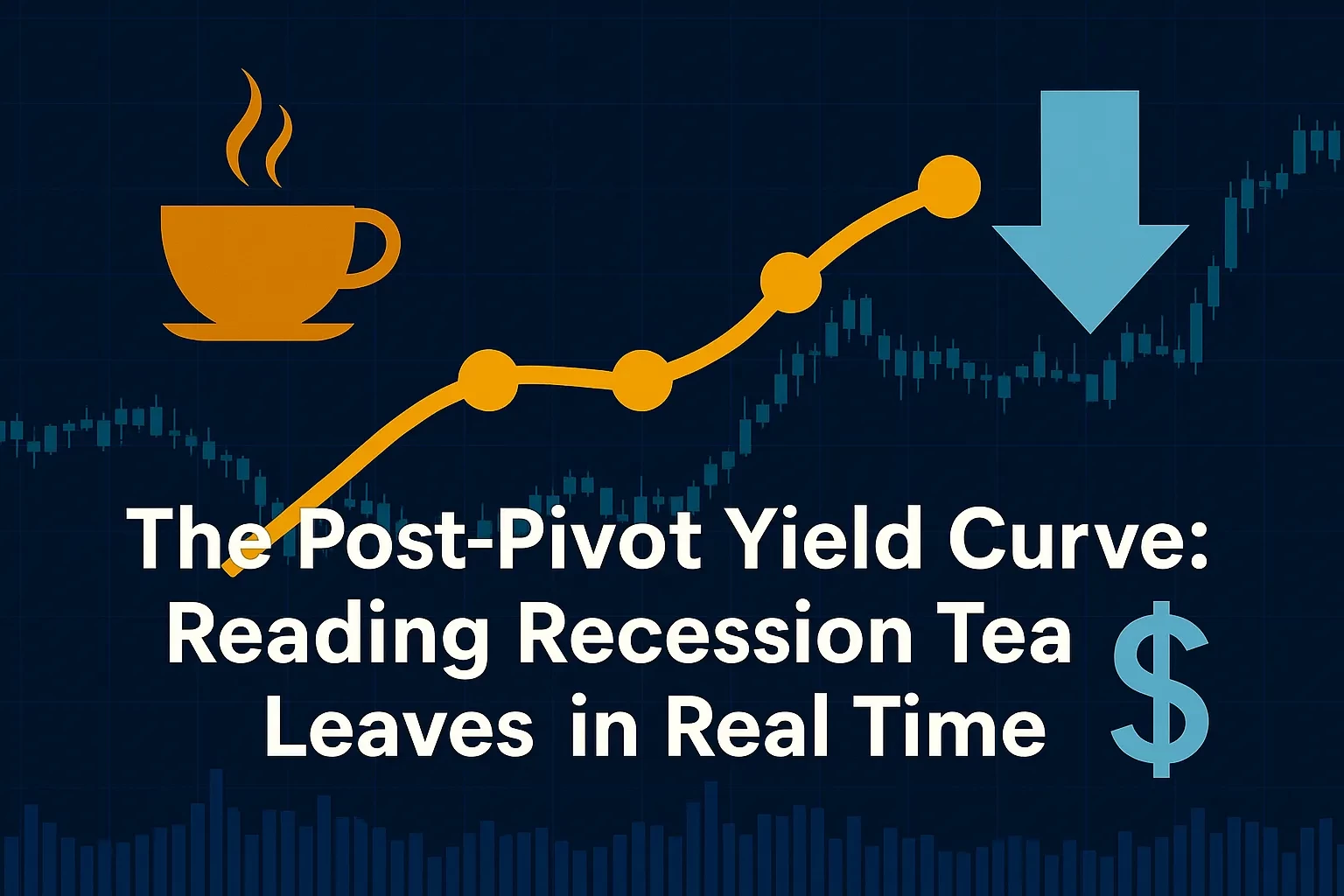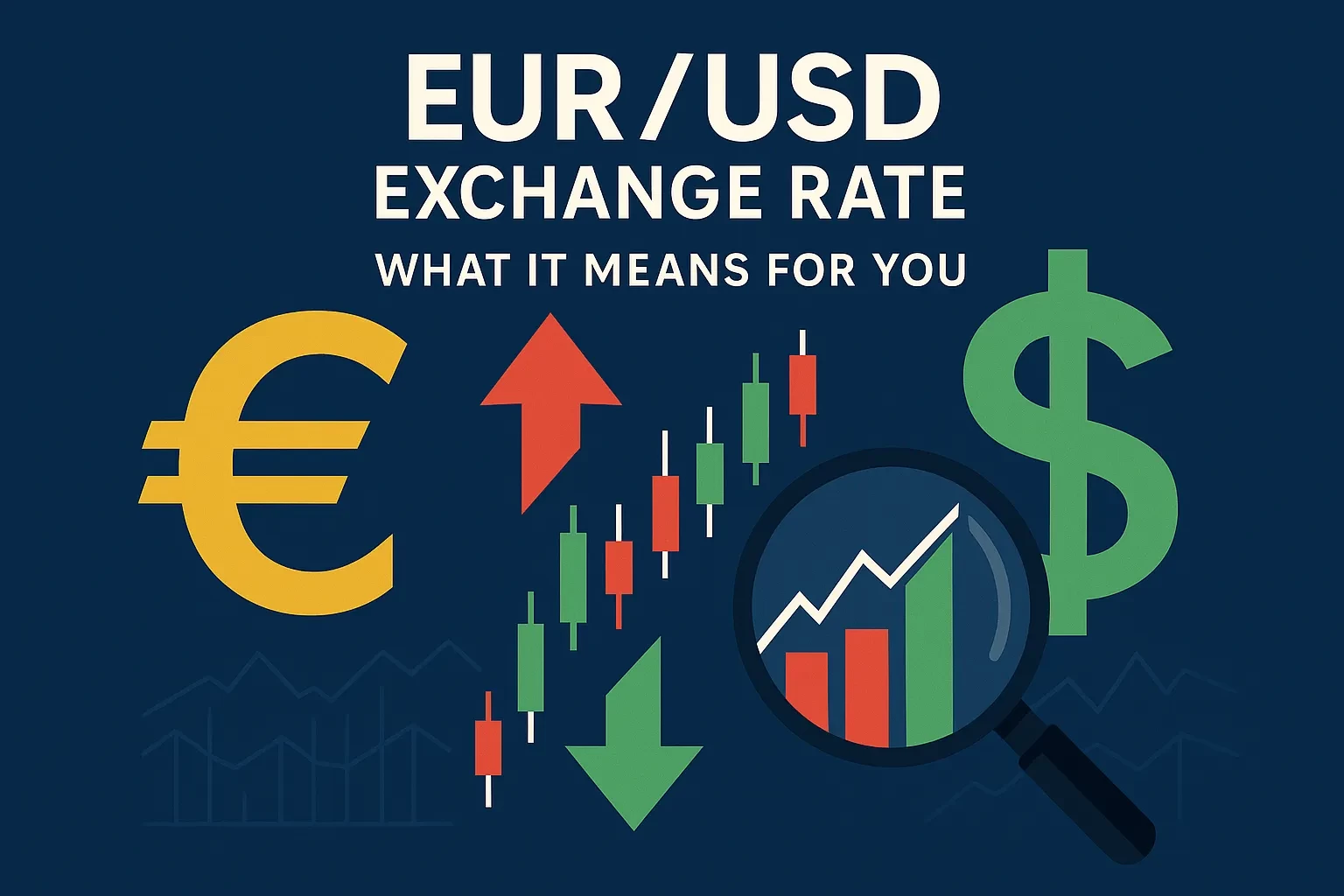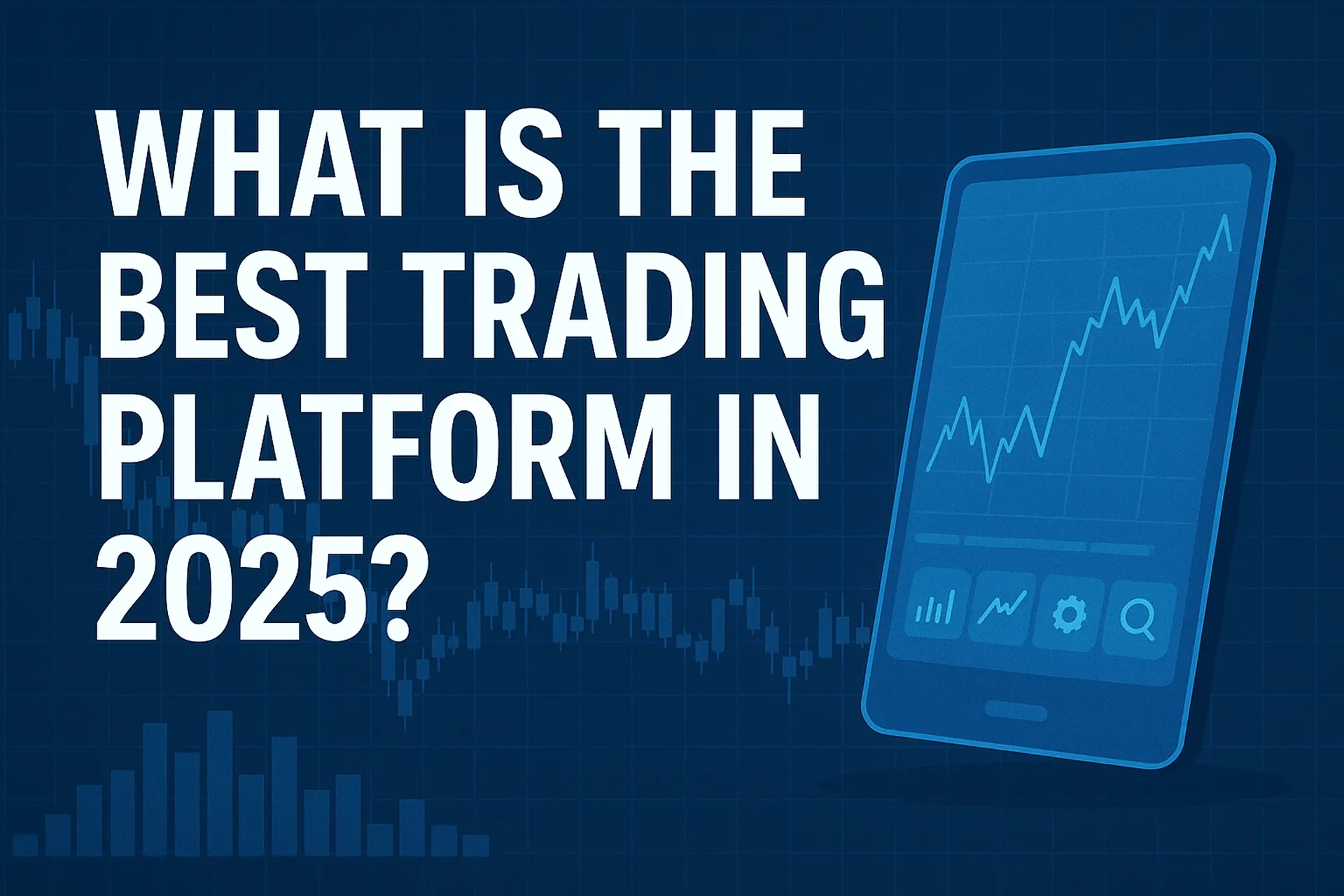Table of Contents
If you ask “What are the most profitable cryptocurrencies in 2025?”, you’re really asking three questions at once: which assets have appreciated the most this year, which can generate reliable yield (e.g., staking), and which protocols are capturing the most real economic activity (fees, users, on-chain revenue). Treating profit narrowly as price alone is how many investors get blindsided by volatility. The smarter approach blends total return (price + yield), risk-adjusted outcomes, and fundamental traction (usage, revenues, catalysts like ETFs or upgrades). In 2025, Bitcoin’s post-halving cycle and spot-ETF flows helped it notch new all-time highs before a sharp October pullback; Ethereum’s staking economy matured with ~2–4% APY; and Solana’s high-throughput ecosystem kept attracting volumes—while reminding everyone that crypto remains a high-volatility asset class. Below, you’ll get a practical framework to decide what “profitable” means for you, plus data-backed picks, pitfalls to avoid, and a clear next step to act with discipline.
Core Concepts: What “Profitability” Means in Crypto (2025 Edition)
• Price appreciation: Year-to-date (YTD) or since-purchase gains. For 2025, several large-caps posted double-digit returns prior to October’s volatility. Bankrate summarized YTD leaders among large caps (as of Aug. 29, 2025).
• Income (staking / restaking / yields): Protocol rewards paid in-kind (more tokens). ETH staking APY has stabilized in the ~2–4% range in 2025 across major providers. Staking analytics and dashboards corroborate this band.
• Protocol profitability (economic activity): Fees, usage, on-chain revenue. High-throughput chains like Solana reported strong activity in 2025, with multiple industry sources noting sustained TPS and low fees as drivers of dApp revenue.
• Catalysts: Supply shocks (e.g., Bitcoin halving on April 19–20, 2024), spot-ETF flows, regulatory clarity, and major network upgrades (e.g., Ethereum’s Shanghai in 2023 enabling withdrawals, continued roadmap in 2024–2025).
Bottom line: “Most profitable” is contextual. For many U.S. investors in 2025, the leading candidates are Bitcoin (price momentum + ETF flows), Ethereum (staking + broad utility), and Solana (usage + throughput)—but your mix should reflect risk tolerance and holding period.
Decision Framework: Choose What “Profit” You’re Targeting
1) Define your horizon & risk.
• Short-term (weeks-months): You’re optimizing for momentum and liquidity (BTC, ETH, SOL). Expect drawdowns like the $19B liquidation in Oct. 10–11.
• Medium-term (6–24 months): Blend blue chips (BTC/ETH) with a measured SOL allocation for potential upside tied to throughput-driven growth.
• Long-term (3–5+ years): Focus on assets with durable catalysts (BTC scarcity post-halving; ETH as a generalized settlement/computation layer; SOL for high-throughput consumer apps).
2) Choose a profit vector.
• Price-led: Tilt to BTC (macro/liquidity, ETF flows) and SOL (ecosystem growth).
• Income-led: Tilt to ETH (staking ~2–4% APY), with careful provider risk management.
• Fundamentals-led: Look at chains with growing on-chain revenue and sticky usage (SOL in 2025 H1 reports; ETH L2s).
3) Quick diagnostic checklist (answer “yes” before buying):
• Liquidity: Is there deep spot/ETF liquidity (BTC), or major exchange coverage (ETH/SOL)?
• Catalyst clarity: Is there a near-term catalyst (ETF, upgrade, integration)?
• Downside realism: Can you tolerate 25–40% corrections without panic selling (recent weekend showed how fast this can happen)?
Performance & Benchmarks (2025 So Far)
Price momentum (YTD)
• Bitcoin (BTC): New all-time highs near $126,000 on Oct. 5–6, followed by pullbacks to the low-$110Ks amid tariff headlines and record liquidations. Reuters, Yahoo Finance, Investopedia, Barron’s.
• Ethereum (ETH): Benefited from staking adoption and regulatory signals; transactions hit yearly highs in August; APY stabilized. CoinDesk/Yahoo Finance, Staking Rewards.
• Solana (SOL): High-throughput network with surging dApp activity; prices remained volatile but supported by throughput and ecosystem growth. QuickNode H1 2025 report, Yahoo Finance SOL data.
Yield (staking)
• ETH staking APY: ~2–4% range across providers in 2025. StakingRewards, industry roundups.
• Staked ETH supply: Multiple trackers estimate ~35–37M ETH staked (~29–31% of supply) as of late summer 2025. CryptoQuant dashboards via industry coverage.
ETF flows & macro liquidity
Spot Bitcoin ETFs amassed tens of billions in cumulative net inflows despite volatile weekly swings—key liquidity driver for BTC in 2025. The Block flow tracker, Yahoo Finance ETF flow updates.
| Asset | 2025 context snapshot | Typical yield | Key catalysts to watch |
|---|---|---|---|
| BTC | ATH near $126k on Oct 5–6; retracement to ~low $110Ks after tariff shock and liquidations | N/A | Spot-ETF flows; post-halving scarcity; macro liquidity |
| ETH | Network activity highs in Aug; institutional staking adoption rising | ~2–4% APY (provider dependent) | L2 adoption, staking market structure, regulatory clarity |
| SOL | High throughput + low fees; strong DeFi & consumer app usage; price remains volatile | Varies by provider (liquid staking available) | Throughput improvements, potential ETF narratives, dApp growth |
Pricing & ROI: How to Model “Profit” Beyond Price
1) Total return math:
• BTC: Pure price exposure amplified by ETF-driven liquidity. If you bought at $105k after the Oct. 11 wick and it reclaims $126k, that’s ~20% upside—but swings of −15% in a weekend are common.
• ETH: Mix of price + staking APY (~2–4%). Over a year, a +25% price move plus ~3% staking can be meaningfully different from a non-yielding asset—especially during flat markets.
• SOL: Higher beta to risk cycles; potential to outperform during upswings due to throughput-driven usage but with steeper drawdowns when liquidity dries up.
2) Breakeven logic (simplified):
• If your hurdle rate is 8%/yr, ETH staking contributes ~3%—you only need ~5% price appreciation to meet target. BTC needs the full 8% from price. SOL can exceed targets fast in up markets—but can also reverse quickly.
Common Mistakes & How to Avoid Them
• Chasing top-tick headlines: Buying the day after new ATHs without a plan exposes you to pullbacks like the October sell-off. Use position sizing and limit entries.
• Ignoring liquidity & venue risk: Favor assets with robust spot/ETF liquidity (BTC), and reputable exchanges/custodians for others.
• Overestimating yield: Treat staking APY as variable. ETH’s reward rate has fallen to a mature 2–4% range as participation rose.
• No downside plan: Set pre-defined exits (e.g., −20% hard stop, or time-based de-risking). October’s $19B liquidation reminded the market how leverage cascades.
• Confusing protocol revenue with token value: Growing chain revenues/usage don’t always translate 1:1 into token appreciation—token design matters. (Still, high throughput + low fees can attract sticky activity, as noted in Solana H1 reports.)
Expert Tips & Power Moves (Advanced)
• Blend liquidity layers: Core (BTC), productive core (ETH staked), satellite growth (SOL) for a balanced total-return profile.
• Mind catalysts calendars: BTC ETF flow streaks, Fed decisions, major upgrade windows, and regulatory headlines can overwhelm fundamentals in the short run.
• Use staged entries: DCA around macro events; add on technical reclaim of key levels (e.g., BTC reclaiming prior ATH zone after shakeouts).
• Provider diversification for staking: Spread ETH across multiple high-quality providers or consider native/solo staking if you have the technical comfort to lower third-party risk. (ETH withdrawals have been live since Shanghai, improving liquidity for stakers.)
• Track real usage: Watch throughput, fees, and dApp revenues (e.g., Solana reports). High activity supports long-run narratives even if price chops.
Mini Case Study: “Balanced Profit” Portfolio in 2025
Profile: U.S. professional, moderate risk, 2–3 year horizon.
Goal: Outperform inflation via a mix of price momentum, yield, and ecosystem growth.
Approach (illustrative, not advice):
• 50% BTC (core liquidity): Expresses the post-halving cycle and ETF flow regime; large-cap ballast.
• 30% ETH (staked): Earn ~2–4% APY while participating in ETH’s broad utility and L2 growth.
• 20% SOL (tactical beta): Capture upside in high-throughput consumer apps and DeFi; position-size for volatility.
Outcome (hypothetical logic):
• In up months, BTC sets the pace; SOL often out-betas; ETH compounds quietly through staking. In down months, BTC’s liquidity may cushion relative to altcoins; ETH staking offsets a sliver of drawdown; SOL requires risk controls.
Future Outlook: What Could Drive Profit Next
• Liquidity regime: Spot-ETF flows remain the swing factor for BTC. Sustained net inflows point to structural demand; persistent outflow weeks can weigh on momentum. Track flow dashboards.
• Ethereum staking & L2s: More staked ETH can stabilize yields at the lower end (2–3%) while L2 adoption expands activity. Watch regulatory guidance on staking—it matters for institutions.
• Solana’s execution: If high TPS + low fees continue to attract dApps (DeFi, consumer, gaming), SOL can remain a top risk-on performer—yet it will remain sensitive to marketwide deleveraging shocks.
• Macro curveballs: Tariff headlines, policy shifts, or liquidity squeezes can yank prices quickly (see Oct. 10–11). Keep cash buffers and rules-based re-entries.
FAQs
Conclusion: Your 2025 Playbook for Crypto Profit
Here’s the simplest way to operationalize “most profitable” in 2025: define your profit vector, size positions to your risk, and track catalysts that truly move liquidity. For most readers, a balanced core of BTC (liquidity/ETF flows) plus ETH (staked) (income + utility) with a measured SOL sleeve (throughput-led growth) offers diversified paths to profit—while acknowledging that drawdowns are part of the game. Combine rules-based entries, staking where it fits, and flow monitoring to stay on the right side of momentum.
